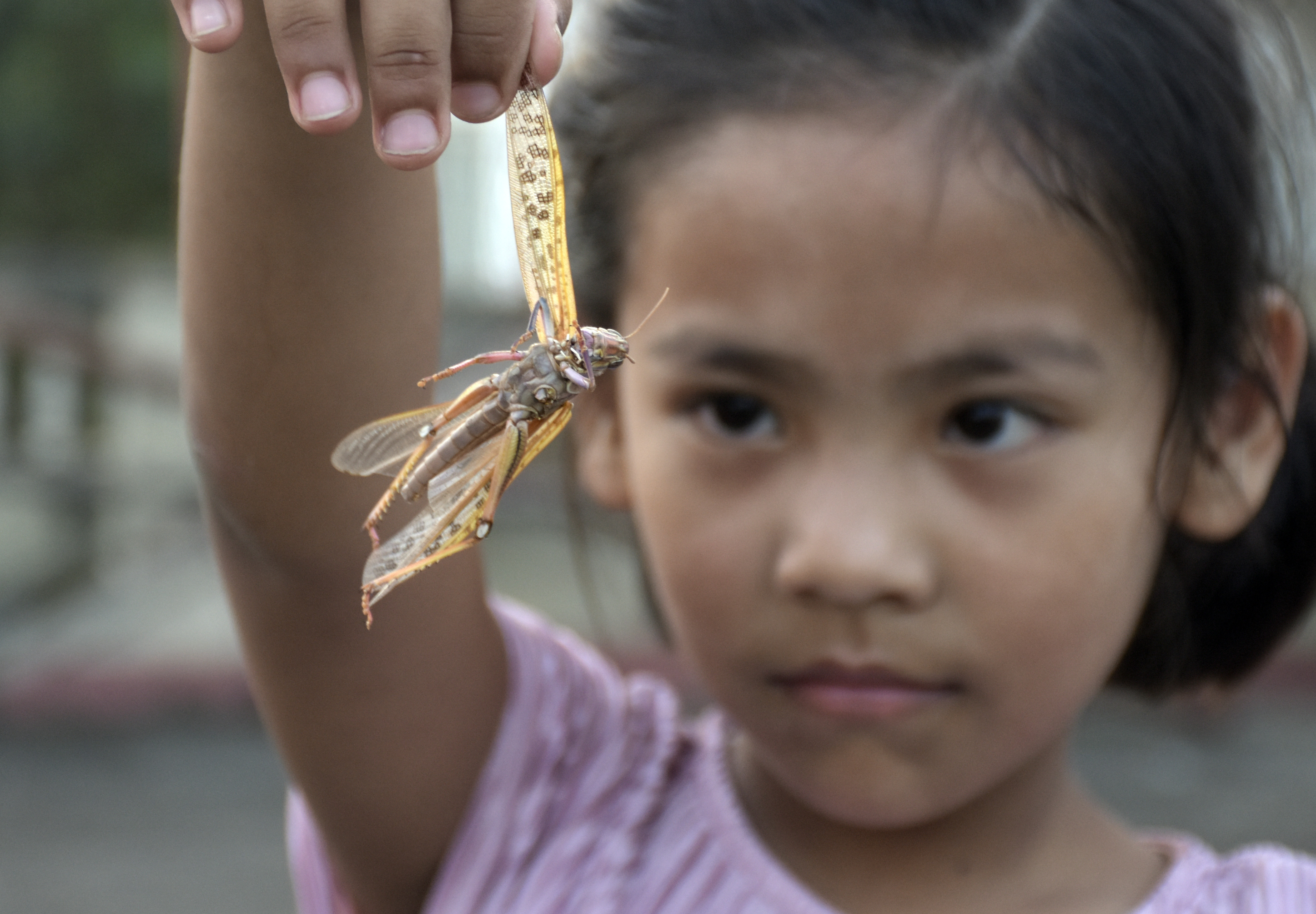Risk of locusts declining in country
KATHMANDU, JULY 5
The Locusts Information Centre (LIC) has stated that the risk of a new swarm of locusts entering the country is gradually declining due to the changing direction of the wind.
Citing the Swarm Trajectory Prediction managed by the UN Food and Agriculture Organisation (FAO), the centre has stated that the nearest locust swarm from Nepal is located at Chaurara Tehsil of Uttar Pradesh in India, located at the Uttar Pradesh-Madhya Pradesh border which is 578 kilometres away from Bhairahawa.
The swarm that covers about 70 hectares of land and is composed of immature adults has been predicted to move southwards. Moreover, the wind direction of Nepal has also changed from east to west as compared to the north to south direction a few days back. Hence, the centre has predicted that the new swarm of locusts will probably not travel towards Nepal.
Meanwhile, the ongoing monsoon season has also divided the groups of locusts entering Nepal. As per LIC, a large group of locusts has divided into smaller groups which are travelling from one place to another due to which damage on crops has been low so far.
The centre has also stated that no new reports of locusts and damages in any district have been reported at the moment.
The LIC, however, has mentioned that locusts might come again if the wind direction changes. Hence, all the authorities have been directed to remain alert.
So far, locusts have travelled around 52 districts in the country.
The pests have damaged crops over 1,100 hectares of land in eight districts. As per the report compiled by the centre, locusts have damaged maize, vegetables, paddy and fruits farms in Dang, Palpa, Pyuthan, Makawanpur, Sindhuli, Kapilvastu, Rupandehi and Rolpa.
On June 27, locusts were sighted in Bara and Parsa. Prior to that, locusts were seen in Nepal in 1962. Back then, the swarm had invaded crops in Kathmandu, Nuwakot, Dhading and a few other districts, inflicting much damage to crops.
A version of this article appears in e-paper on July 6, 2020, of The Himalayan Times.






